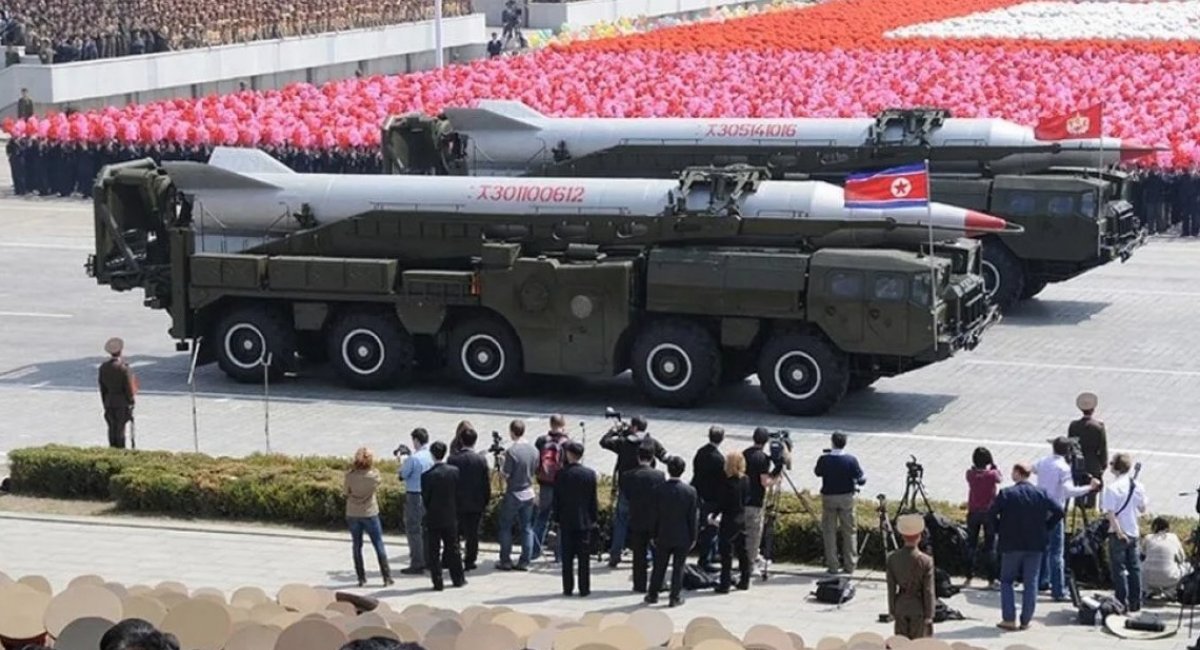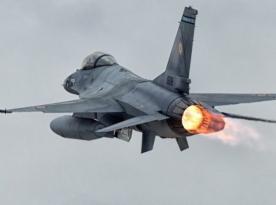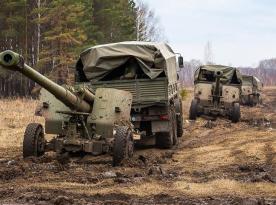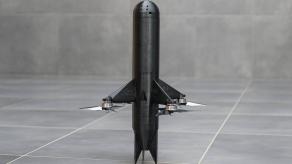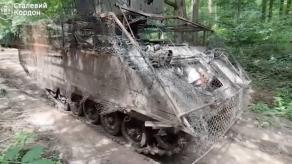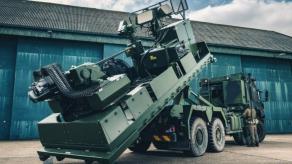One of russia’s defense-focused media has published an intriguing claim: that in the 1990s, North Korea allegedly obtained soviet-era designs for the R-18 ballistic missile—originally developed in the 1950s—“through back channels” from russia. These blueprints later became the foundation for North Korea’s Nodong (Hwasong-7) missile.
If true, this would be a striking illustration of how deep and long-standing missile technology cooperation between moscow and Pyongyang really is—reaching back to the early post-soviet period.
Read more: What Ukraine Needs to Repurpose Soviet-Era Repair Plants for Western Equipment Production: Lessons from the Czech Experience
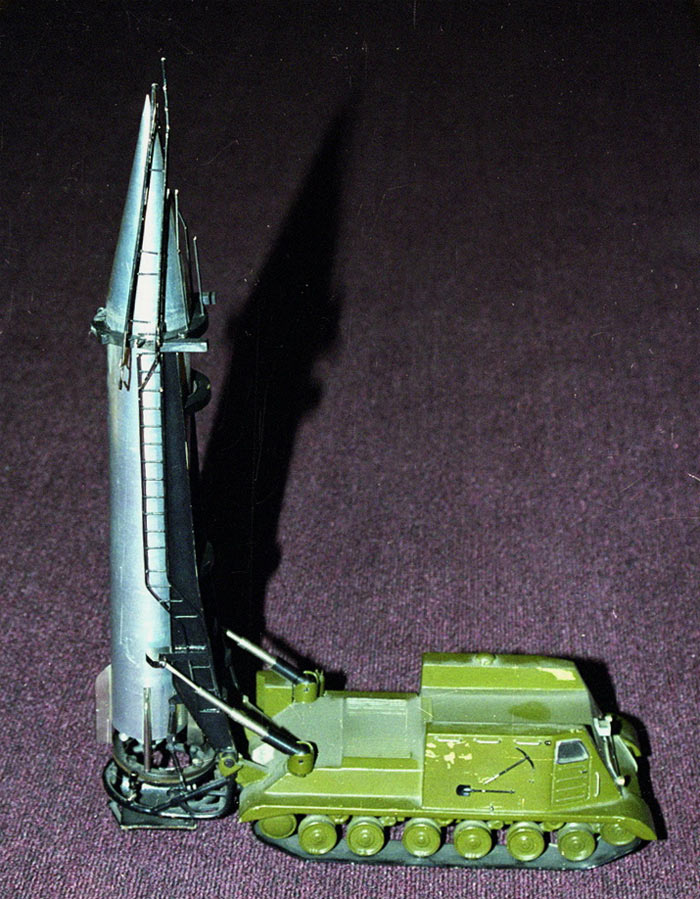
To understand the claim, we need to examine the paradox of how russia still possessed 1950s missile blueprints in the 1990s. The R-18 project was developed by SKB-385, now known as the Makeyev Rocket Design Bureau—russia’s primary developer of submarine-launched ballistic missiles. The idea behind the R-18 was to create a land-based version of the R-13, the first Soviet SLBM, which was used on submarines of Projects 629 and 658 and decommissioned in 1977.
The R-18 was to have similar specifications to the R-13, including a 600 km range and the same guidance system as the R-17 used in the Elbrus tactical missile system. Launch prep time was planned at 30–60 minutes.

However, the R-18 was never produced due to a reorganization in the late 1950s that redirected SKB-385’s focus solely to naval missile systems. Despite the cancellation, it appears the bureau preserved its archives meticulously—enough that, by the 1990s, russia was able to covertly transfer the R-18 designs to North Korea.
By the 2000s, North Korean engineers had developed and unveiled the Nodong missile, likely based on the R-18 design. It used a MAZ-547 chassis, visually resembling the Soviet Scud (Elbrus) system. There are assessments suggesting that the Nodong also served as the basis for iran’s Shahab-3M missile.North Korea then took the project further by developing the Nodong-B (Hwasong-10), a medium-range missile reportedly based on the R-27 SLBM—another legacy soviet system that could only have come from russia.
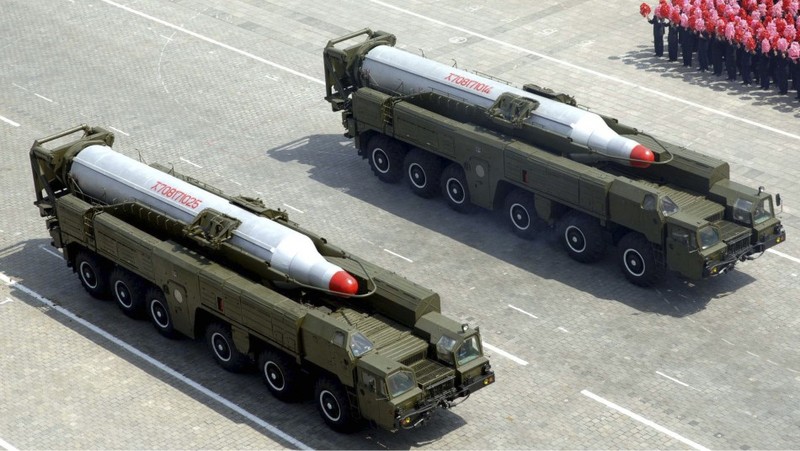
In short, this story, if verified, reflects not only how North Korea may have built its ballistic missile program on forgotten soviet tech, but also how russia’s covert assistance helped enable it—decades after the Cold War.
Read more: Ukraine Reports 142 Combat Engagements in One Day, Repels 44 russian Assaults in Pokrovsk Sector




